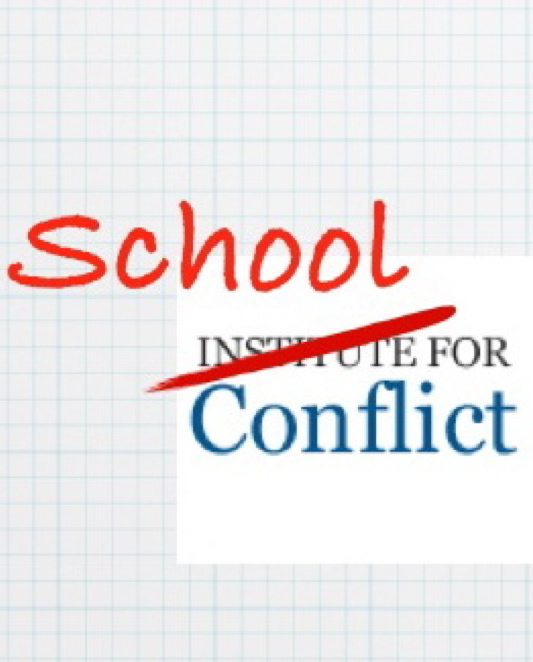 |
The Circle is a human space created by participating friends. All are invited and participate freely and voluntarily. No one can be paid to be part of the Circle and no one have monetary transactions directly associated with the Circle.
The members of the Circle share dreams and work in hope to achieve common good for all humanity. They recognize five fundamental principles:
- We are all human first; differences among humans are a blessing and a riches that should be preserved and welcome, not made a reason for neglect and exclusion; greater differentiation is expected and the Circle doesn’t expect, enforce or engage with unanimity and homogenization
- We respect everyone
- We care for everyone, especially the poor, the needy, the more vulnerable
- Hospitality is sacred and is offered with no reservation or strings attached; everyone is welcome in the Circle and can leave it at any time
- Violence must be counter not with further violence but with attentive, intelligent, reasonable and responsible interaction; everyone is entitled to be listen to, to be welcome, to be cared for especially those who have been in violent conflict, both victims and perpetrators
Brief History
The first known Circle of Respect and Hope was created in the United States of America in November 2010 by a group of colleagues at George Mason University dedicated to the prevention of genocide. It was an attempt to envisage a ‘relational container’ able to sustain the dedicated effort required for many years of work in the Africa Great Lakes region where the first regional Committee for the Prevention and Punishment of Genocide, Crimes against Humanity, War Crimes and all Forms of Discrimination was created. In the area where humans murdered more people in recent years than in any other region of the world, the hope that countries could move from being ‘genocide-prone’ to ‘genocide-free’ catalyzed the attention and energy of many. The idea of the Circle of Respect and Hope was generated by the need to recognize the emergence of a human system that did not exist in such a form, giving political relevance to the yearning of millions who have been under threat of violent clashes. The logic of the Great lakes Region Genocide Prevention System is village-based, participatory, open and connected.
- Village-base
No genocide can be conceptualized and executed without touching the villages. At the same time, villages are the constitutive unit of social, economic and cultural life in the African Great Lakes Region. It has been calculated that there are thousands of villages in each country. While the Engaging Government on Genocie Prevention (EGGP) program strated at the level of the nation state, the Circle of Respect and Hope aims at engaging villages one by one in an integrated strategy of self-identification, self- recognition, and self-determination
- Participatory
Genocide is the most extreme and violent for of exclusion so the prevention system must be faithfully participatory, creating occasions, processes and methods of participation that allow attending needs, interests and memories properly. Participation includes the neighbors and is structured in such a way to maximize information flow and stability of the network.
- Open
Genocidal systems are closed. Movement is impeded and the violence is perpetrated against humans who cannot escape and those are considered threats to the genocidairs but are powerless in their response to the actual violence. The genocide prevention system cannot be but open and this includes the movement of people to neighbor villages, counties and nations.
- Connected
Connectivity is the true secret of an effective genocide prevention system. Genocide can occur only in human system where the neglect, exclusion and disconnect are so extreme that humans are no longer considered as such but are objectified as disposable entities and dangerous realities. Connectivity includes the capacity to correctly appreciate the riches, identity and trajectory of others, fully respecting their differences. It also includes the possibility of links across national boundaries and across communities.


